
How To: Play a blues scale in E and G on the piano
Pete Sears shows you how to improvise a blues scale in E and G. Great practice for aspiring blues pianists!


Pete Sears shows you how to improvise a blues scale in E and G. Great practice for aspiring blues pianists!

Pete Sears shows you how to improvise a blues scale in A. Great practice for aspiring blues pianists!

Pete Sears teaches you about melodic minors - how to play ascending and descending melodic minor scales on the piano. He demonstarates with C, but you can do the same in any key.
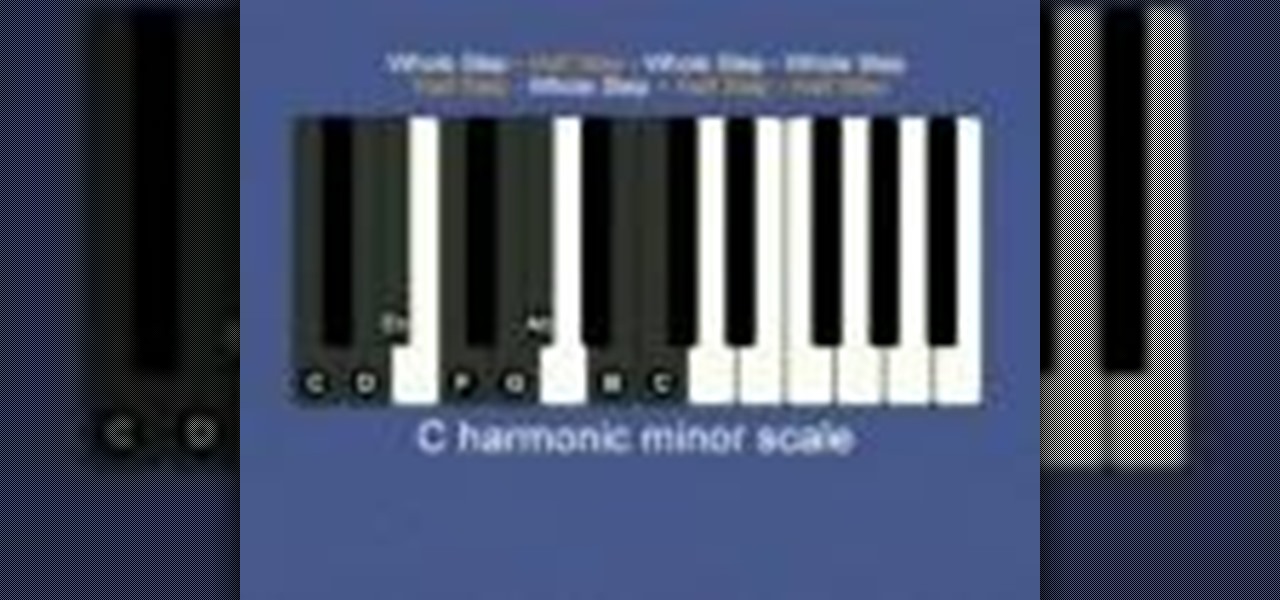
A Harmonic scale is basically the same as the natural minor but with a chromatically raised seventh degree. Pete Sears shows you how to play it on your piano.

How to (D Harp) play the Major scale in 1st, 2nd, and 3rd Position and apply that over a typical 3 chord blues tune.
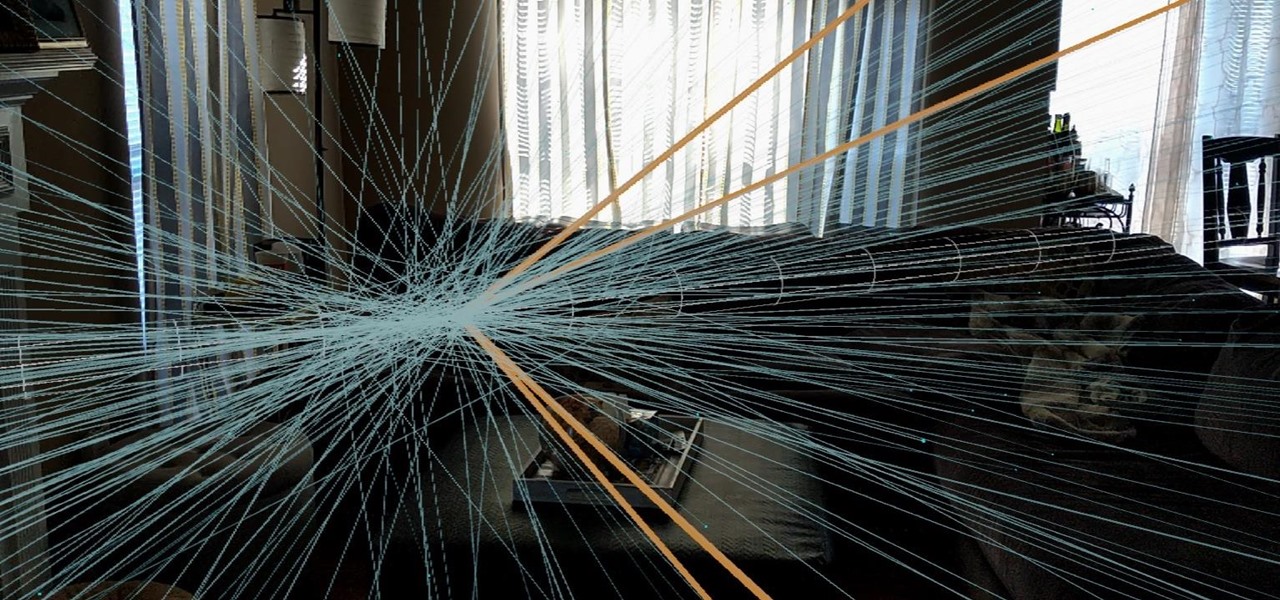
Although it's impossible (at least for now) to travel back in time to see the Big Bang, The New York Times has provided its readers the closest simulation of the experience via its latest augmented reality feature.

Justin teaches us how to play the minor pentatonic scale in this tutorial. This is a useful scale that you will use as long as you play the guitar. Start with your first finger in the fifth fret of the thickest string. Play A, then reach up with your fourth finger in the eight fret. All fingers should be in ascending order with the different frets. Move onto the next string, playing first finger and third finger. Go onto the next string with the fingers changing in between the frets as you go...
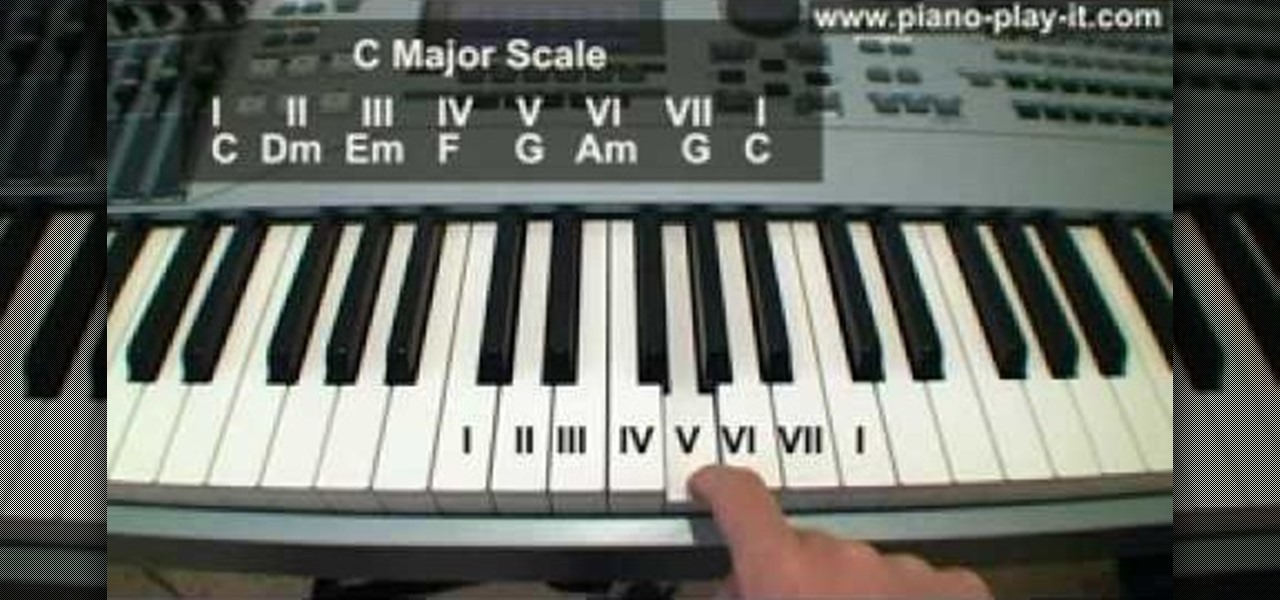
Don't you dare touch that piano until you've watched this helpful lesson in piano music theory! While practicing scales alongside your piano teacher is super important to becoming a master piano player, you can't skimp on the music theory.

In this how to video, you will learn to use the pentatonic scale and bend notes. First, you must remember that your bend must reach another note in the scale. When bending, you are bring the fret to your finger rather than sliding up to it. You must use your ear to make sure it is in tuned. The blues note, or half step, only sounds good when it is going to another note. You can bend the half step as long as it resolves to another note in the scale. You can also do the whole step bend. This ca...

This video shows us the procedure to use an iPhone with a microscope using iMicroscope. Open the application and focus the object correctly in the microscope. Bring the camera in the phone near the eye piece and click a photo once you get the object correctly focused. Hit 'Use' and put in the magnification of the image. Hit 'Accept' and view the image. You can see a magnification scale, date and an automatically scaled scale bar. You can zoom in the image. Save the picture in the camera roll....

Great video by Southwest Yard & Garden. tutorial on how to identify garden pests on your plants & shrubs. Went into detail on the Salvia plants - always be careful spittle bugs, they produce spittle commonly on Salvia plants. Whiteflies and aphids are known to take residence in Ash trees. Aphids commonly take on the look of mildew. Ways to manage moths for apples, you can use insecticide spray but be conservative. Took a look at signs of Cochineal Scale on a Prickly Pear. Went over ways to ta...

In this two part how to video you will learn the notes on the A string, the D major scale, and begin to learn how to use the violin bow. This lesson gives you some helpful exercises to improve your technique. With this the tips from this tutorial you can learn how to play the violin.
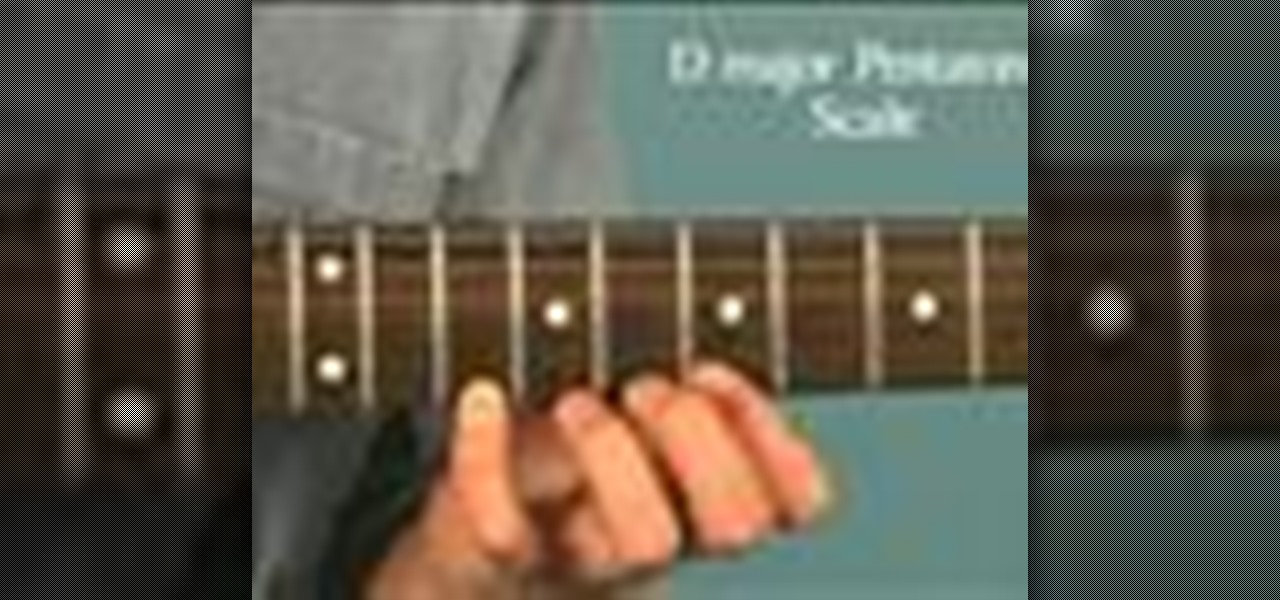
This lesson soloing. This chord progression has been used to create many, many hits in just about every genre of popular music. During this lesson, we will investigate the D major pentatonic scale. You may still use the D minor pentatonic scale, but the best players can switch between major and minor pentatonic at will. The D major pentatonic scale is exactly the same as the Bm pentatonic scale. When you play D major pentatonic you are playing Bm pentatonic as well. This is called relative ma...

To understand secondary dominant chords on the piano, it's vital to know what dominant chords are. Generally in a song they're the first note played and the last note played, as well as comprise the most tense point. Secondary chords are dominant chords that match up with other scale degrees in a scale.
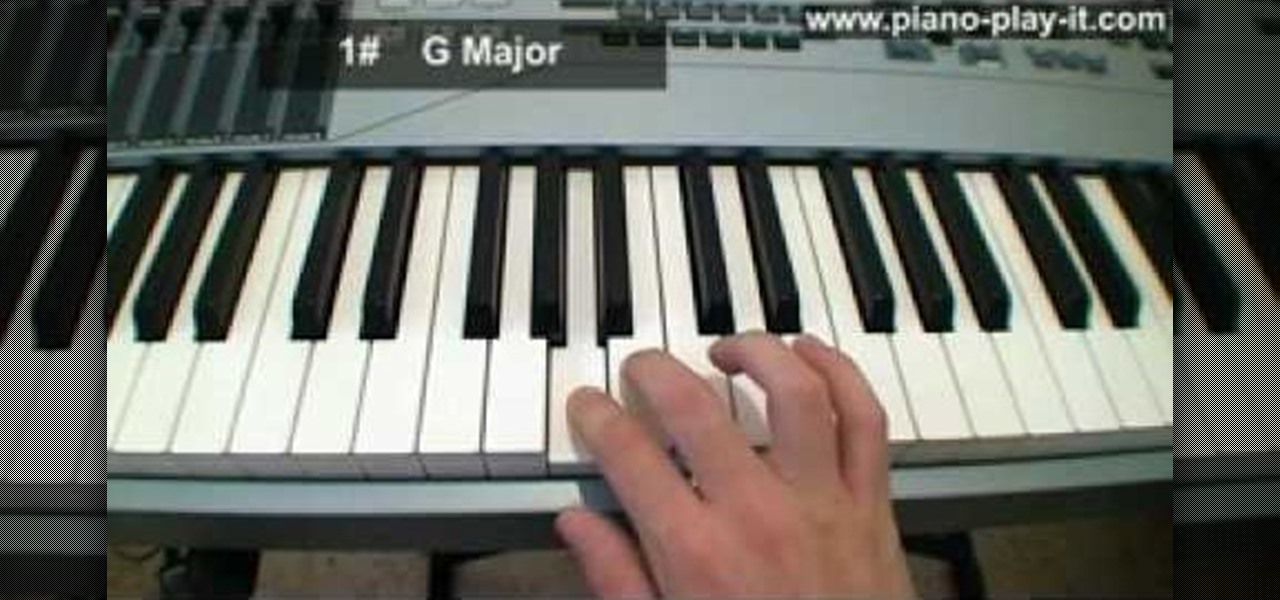
The circle of fifths sounds like some sort of "Lord of The Rings" council of high elves, but all this term really denotes is how major and minor scales are connected on the piano (a lot more boring than the high elf stuff, we know).

In this video, we learn how to draw a cartoon fish with scales. First draw a circle for the body of the fish, followed by the details of the face and then the fins and tail. After this, color the background to look like the color of the sea. Now, take a black paintbrush and outline the details and body of the fish. Start to add in scales around the body that are small and colored red. After this, draw bubbles coming out of the fish's mouth. Color the fins and tail yellow, then color the eye b...

In this video, Nate Bosch from PianoLessons.com shows viewers how to play "Row, Row, Row Your Boat" by ear. This simple song is built around the G-major scale and the chords D and G.

If you want to play 'Twinkle, Twinkle little Star' on the piano you should first start on the note D. You should play the notes going up the scale to find that next work that matches the tone of when you sing it. When you find it, that interval is a fifth. Then, the song goes back down again in steps. Your melody will work in the scale of the notes that you have just played. There are three parts to the whole song that you should learn. You will use all the notes found in the D Major scale. N...

Stevmay09 will be teaching you how to digitally modify your eye color for free using GIMP. First you need to zoom in on the eyeball then click on the free select tool. Then start on the corner of the eye and make your way around the entire eye. Once you have the area around the eye selected you need to create a new layer. Make sure its filled with transparency then select the color you would like the eye to be. Then get the paint brush tool and select the icon shown then increase the scale an...
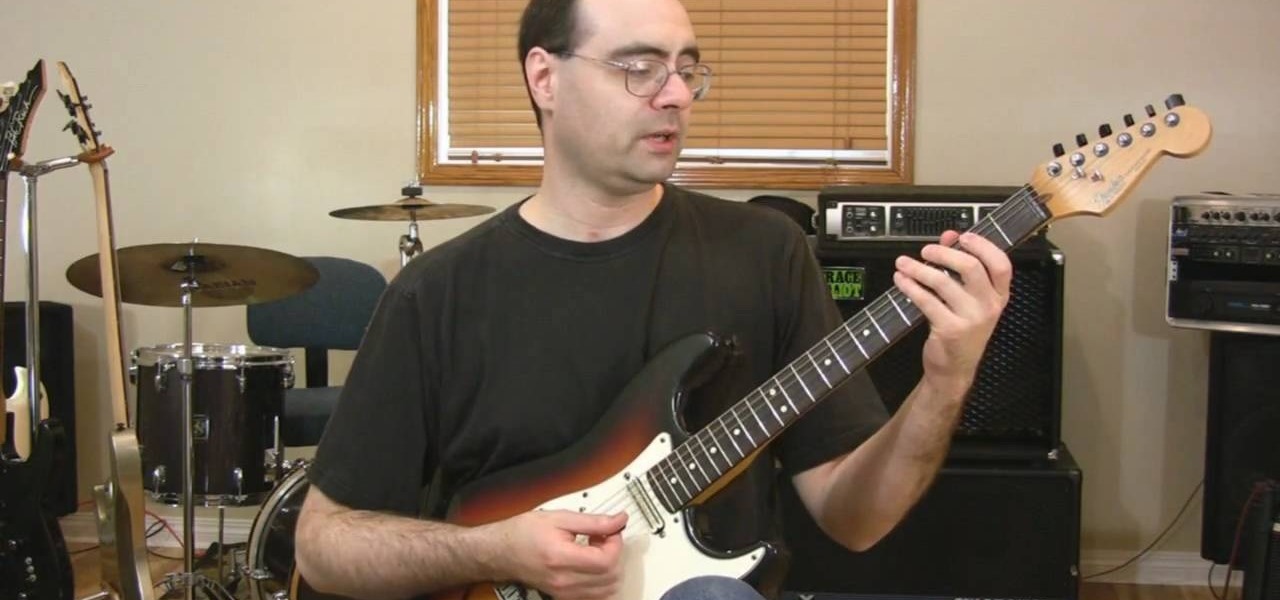
In this video a question is asked by a viewer. What is perfect pitch and what is relative pitch? Perfect pitch is something that is developed at a young age and comes easily. When a note or tone is made, the person listening can tell what specific note is being played. Relative pitch is being able to hear the difference from one note to the next note. The next step is how to develop your ear for relative pitch. In a 'G' major scale, listen to the intervals between each note. Certain common so...

If you fear you're off to summer school, ease the stress of uncertainty with some simple math and know when to seek help with your grades.
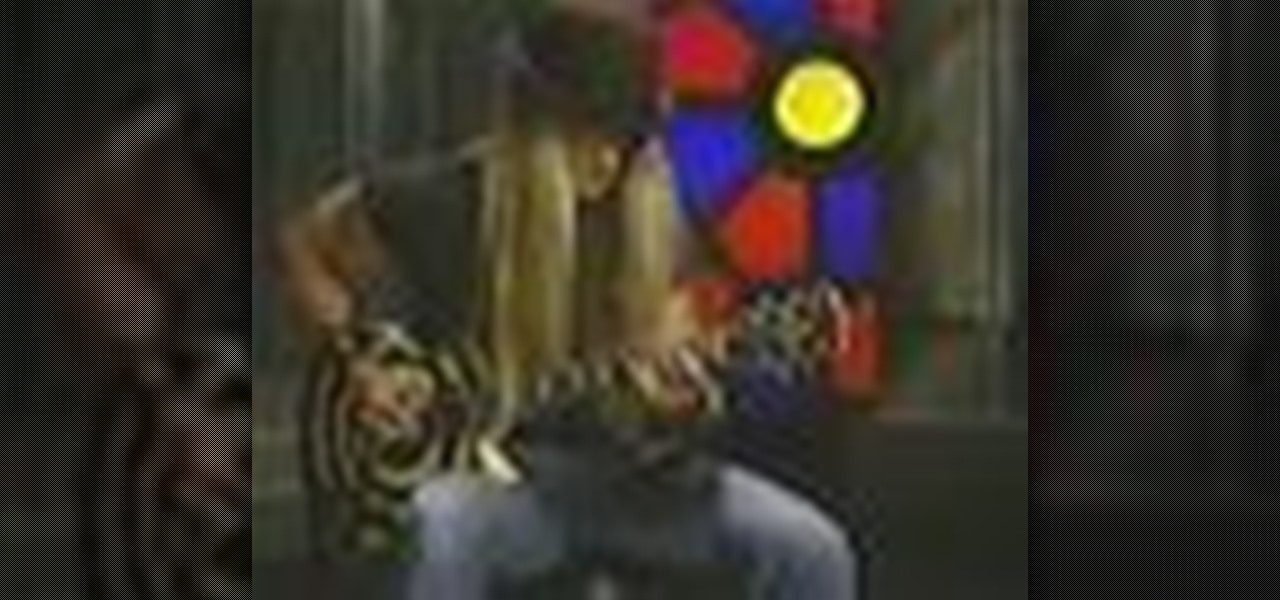
Check out this instructional electric guitar video with Zakk Wylde that teaches you about the pentatonic scales, chicken pickin' and licks, and some vibrato. Before you begin the lesson, tune your guitar with Ozzy Osbourne's guitarist, Zakk Wylde. This tutorial video covers the basics of playing the electric guitar and covers the vibrato and the pentatonic scales. With this lesson and a bit of practice, improve your electric guitar playing skills by learning from one of the best, Zakk Wylde!

Do you dream of standing on stage in front of millions of fans with a guitar in your hand? You could make this dream come true, if only you could play the guitar! This guitar tutorial series from Robert Renman teaches you the basics of guitar playing along with a few beginner and intermediate techniques. You can learn how to play the Dorian Scale with this guitar lesson. You will learn how to use the Dorian scale or mode and Pentatonic and blues modes together. You can be jamming on the elect...
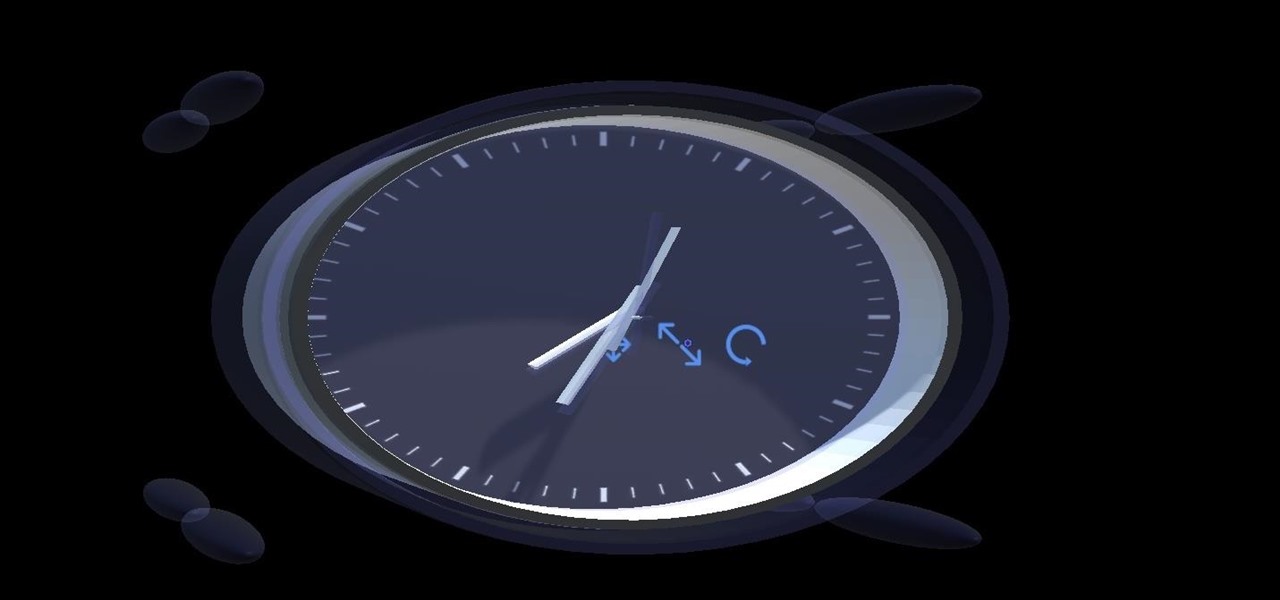
An incorrectly scaled object in your HoloLens app can make or break your project, so it's important to get scaling in Unity down, such as working with uniform and non-uniform factors, before moving onto to other aspects of your app.

Smartphone displays are getting bigger every year, and Samsung devices are at the forefront of that trend. But, from a software standpoint, the icons, buttons, and other on-screen elements seem to stay at the same scale. So while phones are getting bigger, their interfaces are getting bigger as well.

If you're following the classic Halloween playbook closely, you've already got a costume or three picked out, you've binged-watched your favorite horror movies, and you've likely visited a haunted house. But it's 2017, so how about trying something new, like a haunted house that's not actually there?

Why can't Thanksgiving be a celebration of fireworks, too? This year, it can be with an innocent looking pumpkin pie that erupts an insane fountain of flames and fire! In fact, the pie filling is actually a flammable mixture of sugar and potassium nitrate, which was made using the same process as my DIY smoke flares with fuses.

Watch this ceramics tutorial video to learn how to throw a large vessel on your pottery wheel. The detailed instructions in this helpful how-to video are best for intermediate potters who have some experience but have never made larger vessels.

Simon Leach shows us how to throw a large bowl.

Jam tracks/backing tracks act like an instantly available band: while you play riffs on the lead guitar, backing tracks add the bass line and help ground your beat. This allows you to practice anything from major scales to minor scales. A drum beat is included to keep you strumming on the right beat.
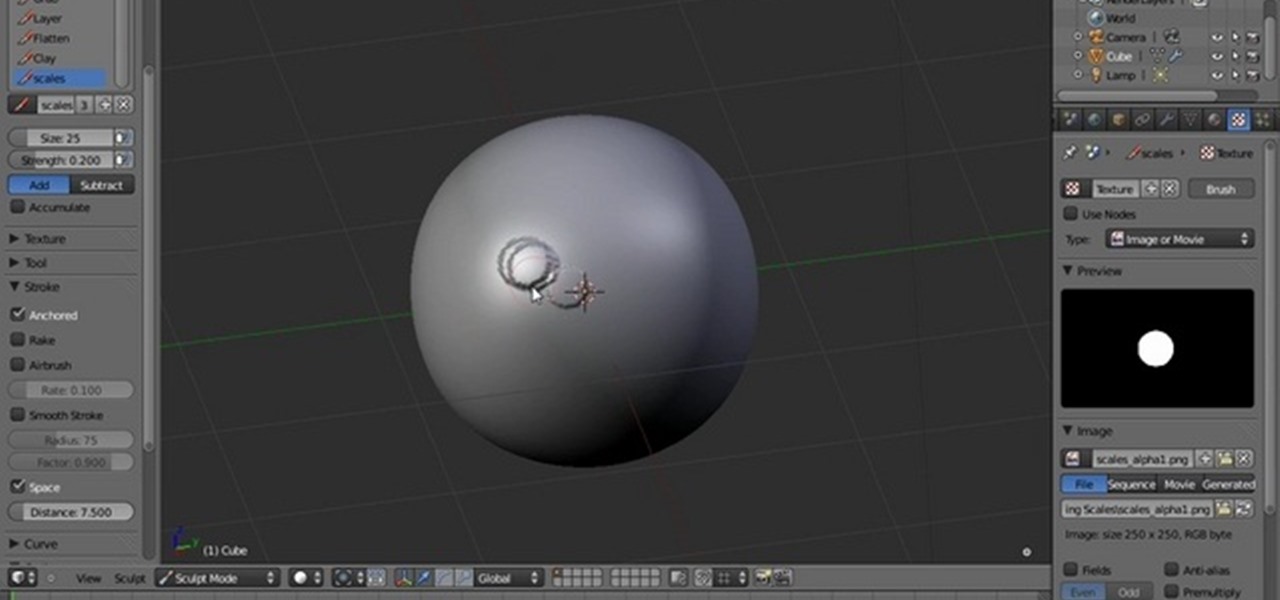
This sculpter's guide presents a look at how to create reptilian scales with alpha maps as a custom brush. The tutorial makes use of both Blender 2.5 and Photoshop. Whether you're new to the Blender Foundation's popular open-source 3D computer graphics application or are a seasoned digital artist merely on the lookout for new tips and tricks, you're sure to be well served by this free video software tutorial from the folks at CG Cookie. For more information, including step-by-step instruction...

There's no getting around it: if you want to get good at playing the ukulele or any other instrument, you'll need to practice. Fortunately, the Internet is awash in free, high-quality uke lessons, like this one from YouTube's preeminent tropical tutor, Ukulele Mike. This particular tutorial provides a detailed, step-by-step overview of how to play a blue scales improvisation. For more information, and to get started playing the blues on your own uke, watch this helpful how-to.
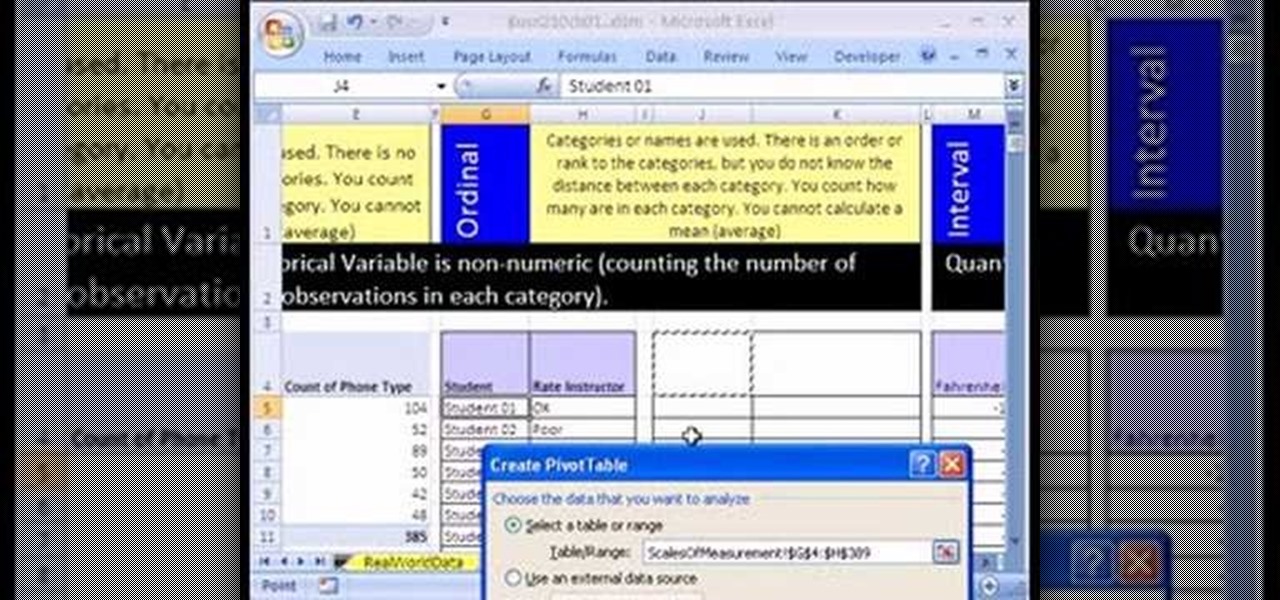
If you use Microsoft Excel on a regular basis, odds are you work with numbers. Put those numbers to work. Statistical analysis allows you to find patterns, trends and probabilities within your data. In this MS Excel tutorial from everyone's favorite Excel guru, YouTube's ExcelsFun, the 10th installment in his "Excel Statistics" series of free video lessons, you'll learn how about data sets and the nominal, ordinal, interval and ration scales/levels of measurement and see two Pivot Tables that...

Properly measure liquid and dry ingredients Diane Morgan describes the basic technique for measuring ingredients, which is critical to baking. There are two types of measuring cups, one for liquids and a different type for dry ingredients that need to be leveled off, such as flour or sugar.
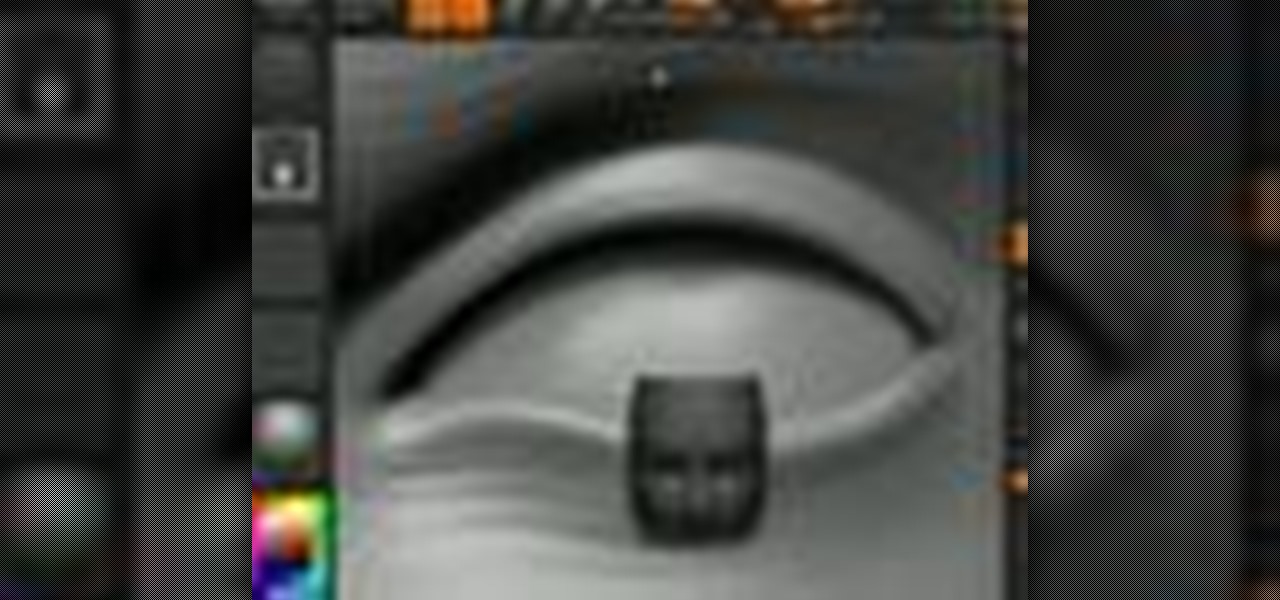
This tutorial shows you how to fix scaling issues you may get while trying to rig a character in Zbrush.

Watch this ceramics tutorial video to learn how to throw a large soup bowl using 2.5 pounds of clay and a pottery wheel. The detailed instructions in this helpful how-to video will allow intermediate potters to easily make large soup bowls.

Learn the amazing art of improvising on the piano or keyboard. This improvisation is over the blues scale in the key of C. This blues lesson is perfect for beginner pianists.
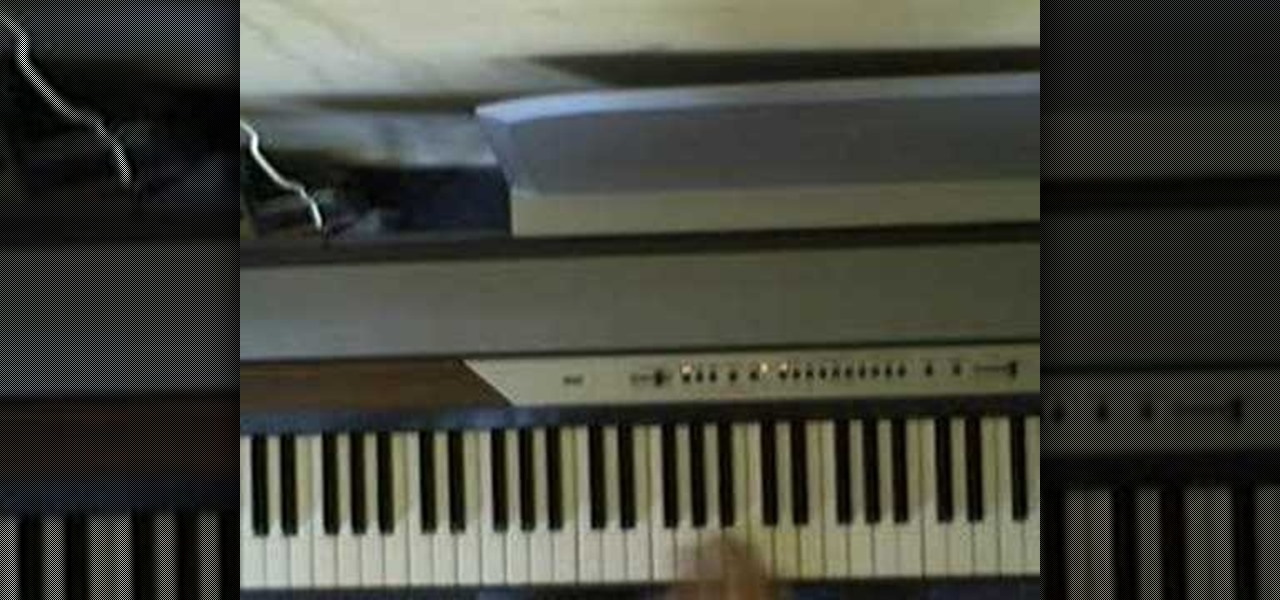
Learn how to play the blues scale in the key of C on the piano or keyboard. This blues lesson is ideal for beginner pianists.

This is a simple video explaining the c minor pentatonic blues scale and how to use it with your left hand on a piano/keyboard.

Learn how to play the first few notes of the scale from low d to 2nd C on the flute.